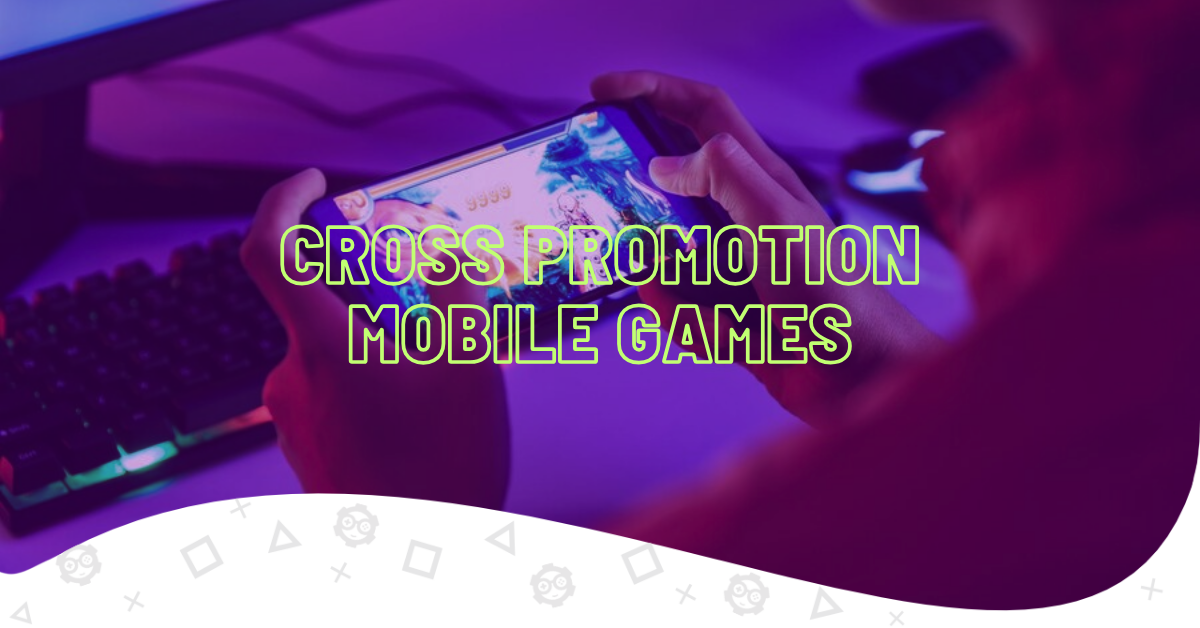The COVID-19 lockdowns in 2020 led to a significant increase in mobile gaming user penetration rates worldwide, as reported by Statista. In the US specifically, this penetration rate rose from 41% in 2020 to 46% in 2023. As a result, many video game studios have shifted their focus to developing compelling titles for mobile platforms, which are readily available on various app stores. This trend has particularly affected small studio owners, who have likely adapted their strategies to capitalize on the growing mobile gaming market.
This is when cross-promotion advertising enters the scene by giving video game developers the opportunity to promote their titles across multiple games. So, let’s unravel the secrets of Cross-Promotion Mobile Games by discussing the best practices of cross-promotion campaigns and how to build your cross-promotion strategy.
What Is Cross Promotion in Gaming?
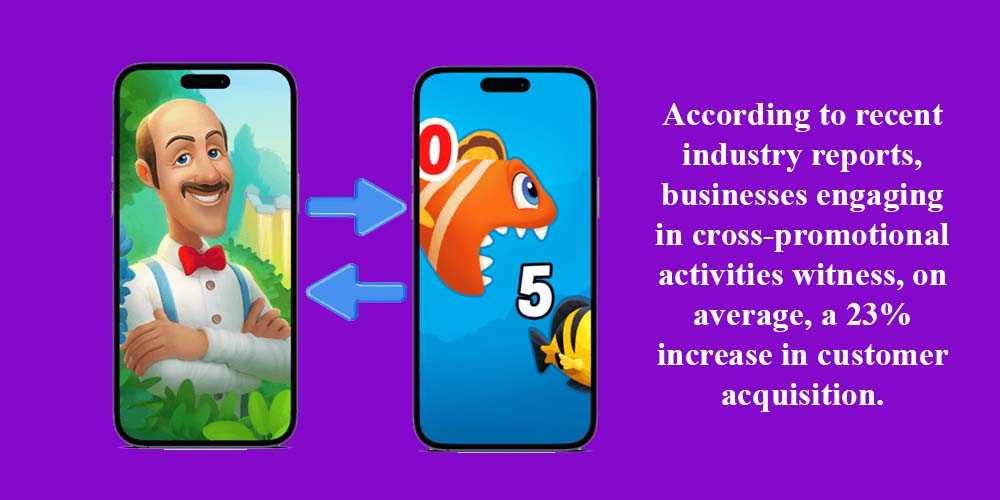
Source. Nestify.
Cross-promotion is the practice of using an app to promote another app by showcasing advertisements while users navigate through the app. Cross-promotion works by leveraging the user base of the app where the advertisement will be deployed, trying to entice users to click the ad to drive them to the app you want to grow.
Cross-promotion is a standard practice in hyper-casual gaming since these video games perform low user retention, especially among non-paying users. Here, CP allows the same developer to move users from one game to another and develop quick games at low cost but with fruitful returns.
Types of Cross-Promotion
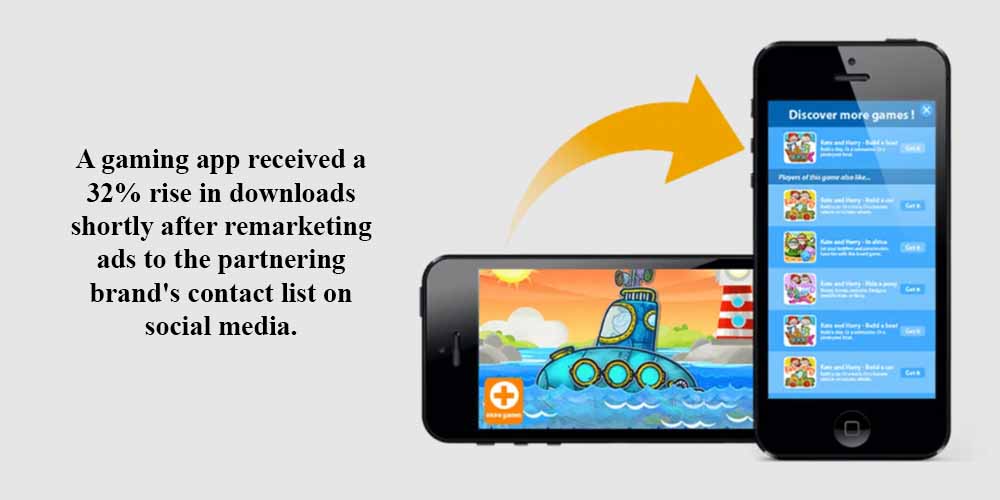
Source. Blog.hubspot.
There are several types of cross-promotion that you can use directly inside games or external ad networks. However, the most used ones are native placements, which are built-in ad placements you position strategically within the user interface of the game, such as the home screen or the game HUD. Below, we describe both types of cross-promotion.
Native Placements Cross Promotion
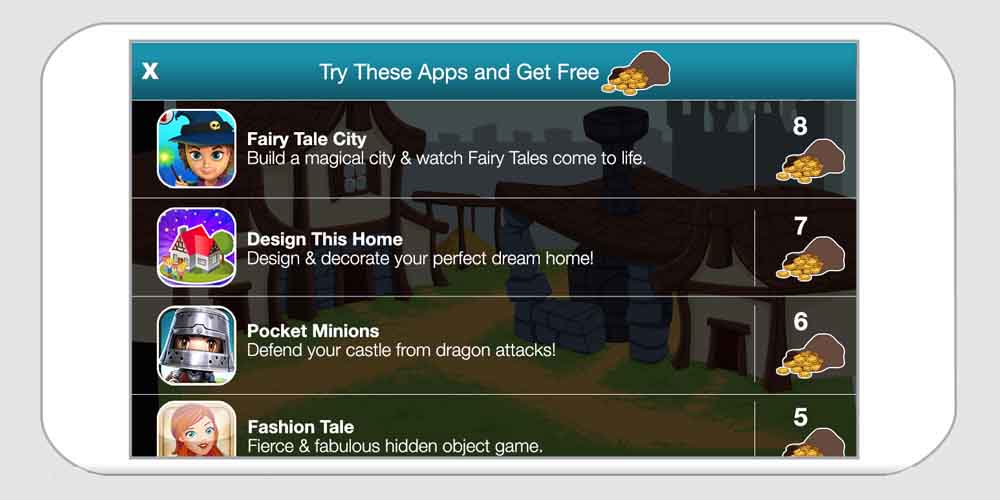
Native placements are great for many reasons, starting with being completely free of charge and giving the developer complete control over the ad content.
Moreover, they offer a professional appearance for newly launched games, signaling to users that the game comes from a reputable and competent developer. This can enhance trust and credibility among players, potentially leading to higher engagement and downloads for the game.
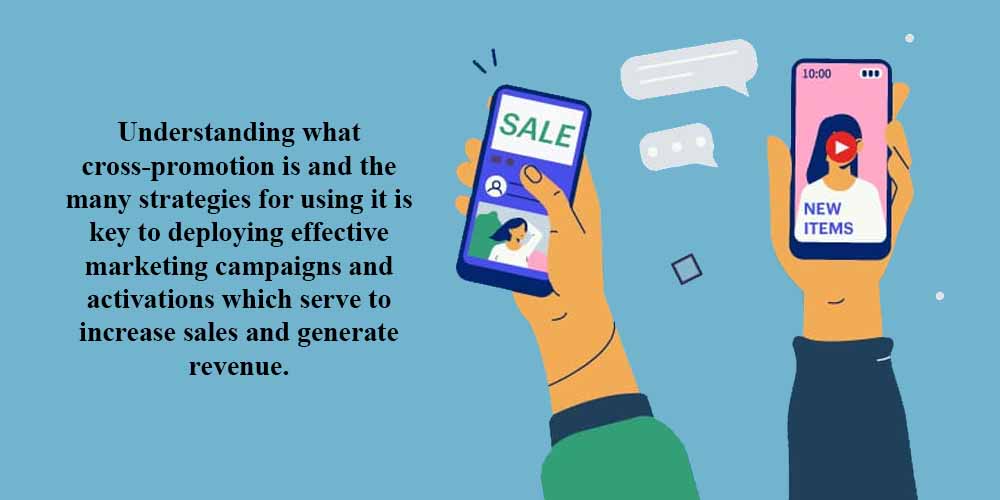
Source: Ca.indeed.
Additionally, native placements seamlessly integrate into the user experience, avoiding the intrusive nature of traditional advertisements and offering a more organic way to promote the game.
Ad Monetization Cross-Promotion
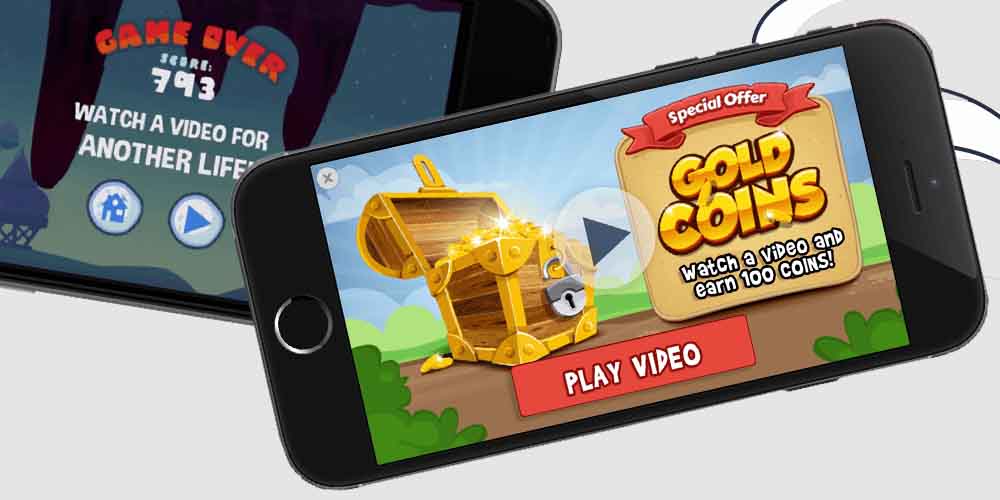
Another type of cross-promotion is cross-promoting through ad monetization. Here, just like what happens when you place ads on other platforms such as the Google Search Network, YouTube, or the Google Display Network, you promote your game inside other video games via advertisements like banners or short videos. Yet, cross-promoting via ad monetization does not interfere with the game mechanics of the gameplay experience.
Benefits of Cross-Promoting Video Games
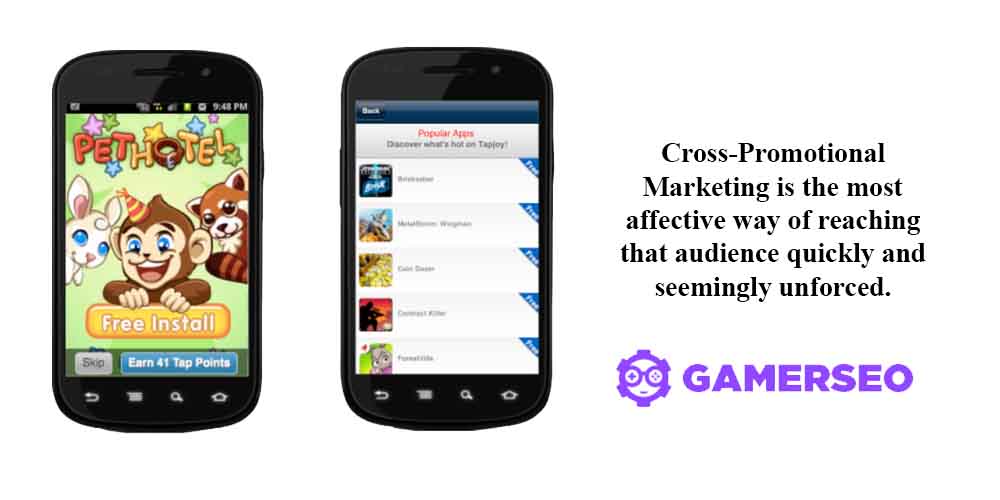
Source: Blogs.brighton.
Regardless of the company that utilizes a cross-promotion approach, it brings fruitful results and benefits in terms of retention, engagement, and more.
- Moving Users Between Different Games Inside Your Game Portfolio
As we mentioned before, the main goal behind cross-promotion is to entice current players to your studio’s other titles. It is especially beneficial when a new game is released and you want to promote it among existing customers or drive new users.
- Cost-Effectiveness
Cross-promotion is a great alternative to regular user acquisition since you can use your existing user bases to directly address potential customers and the target audience. It even reduces advertising costs. What’s more! This practice can be totally free or comes at a low cost. If you promote your iOS game via cross-promotion, you probably only will spend a few dollars.
- Increased Number of Downloads
Another main idea behind cross-promotion is to get as many new installs as possible in the short term. You want your video game to grow, and the main effect of cross-promoting is to get current users to download the new apps or the promoted game.
- Increased Retention and Engagement
Regardless of the source game you use to promote your new title, various mobile marketing campaign case studies prove that cross-promotion helps you to increase retention, engagement, and even lifetime values by providing different gaming experiences that the gamer can enjoy almost instantaneously.
- Your Game will Reach the Right Audience
Most companies are not willing to lose customers or risk losing them to direct competitors. A good cross-promotion advertisement allows companies and developers to lead old players from a video game of a particular genre to another of the same genre. It works like expanding the experience.
How to Correctly Build Cross-Promoting
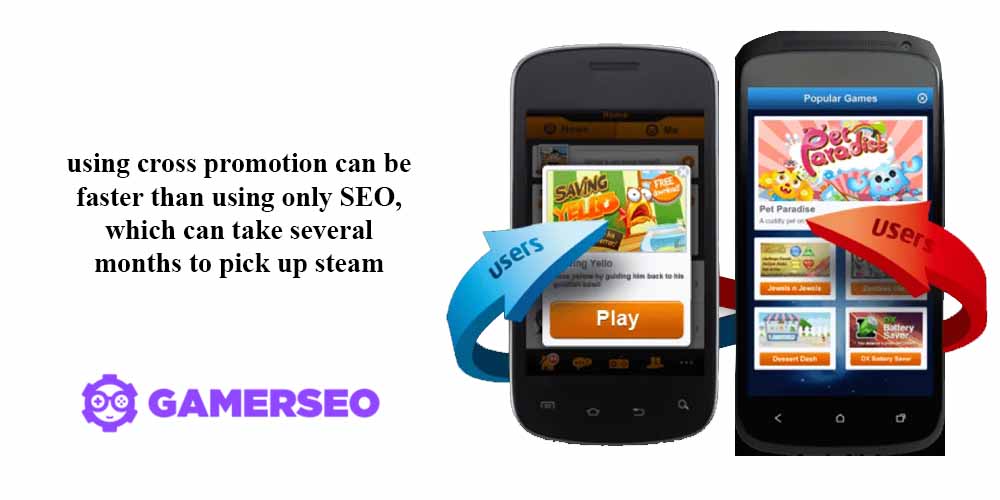
Source: Smallbiztrends.
Let’s explore how to craft a successful cross-promotion marketing strategy and avoid common obstacles.
- Select the Game You Want to Promote
The first step is pretty simple. Just select the game you’re interested in promoting. It likely will be a game you recently released or a game you want to grow and increase revenue from. Regardless of your motivation, select your game according to your needs and goals.
- Use a Mobile Cross-Promotion Tracking Tool
Your studio developers should be capable of crafting an internal solution to track your video game’s lifecycle and strategically promote your new releases at optimal points within the gaming experience.
The best of an internal tool is that developers can customize it as they want to pull off the best from promotions and take advantage of the user lifecycle. Yet, they’ll be in charge of tracking the data and keeping the tool updated.
Additionally, you can also use a paid tool to monitor the activity across several games to find the proper targeted audiences and the right moment to address them. However, the majority of these paid tools may be a bit expensive due to the ongoing cost of the license. Still, they integrate a wide range of video games to test.
Some good examples of tools to monitor cross-promotion are IronSource, Sproutsocial, and Hootsuite.
- Design and Develop Creatives You’ll Use to Promote Your Game
Think of creatives as your main weapons to show players the magnificence of your new game. Creatives correspond to bricks of your wall and will help you to entice gamers to their new adventure. It is the straight benefit of dynamic creatives. Some creatives you should use are the following:
- Native adverts. These correspond to ads that match the look, aspect, feel, and function of the media on which you’re deploying the creative. They fit seamlessly into the “world” of the video game.
- Paid UA (User Acquisition) adverts. These are paid advertisements you deploy on UA channels to drive significant traffic and convert new users.
- Static interstitial advertisements. These are full-screen ads that cover all the interface, not allowing you to play for a few seconds. These can be a bit annoying most of the time but ultimately generate huge traffic.
Note. Consider that these creatives can be images, videos, short gameplays, or whatever you consider can provoke the vital effect you expect.
- Cross-Promotion Campaign Management
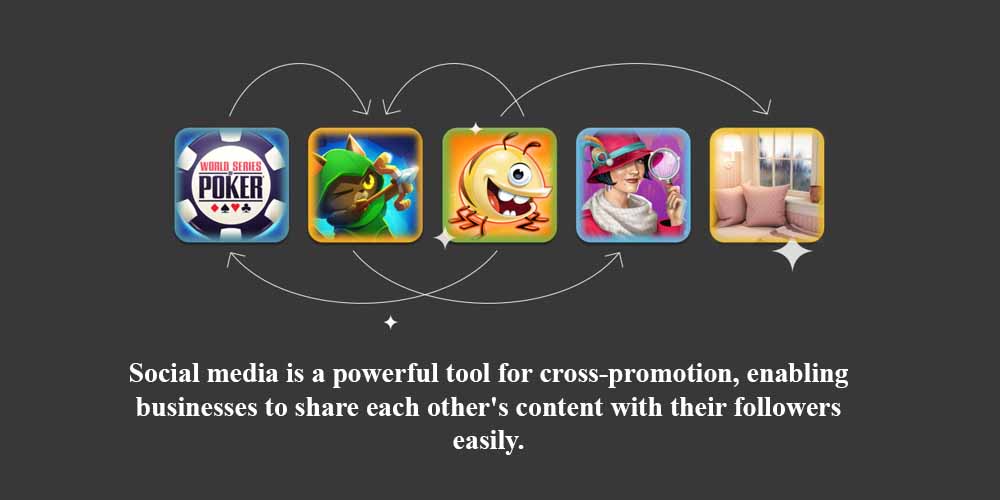
Source: LinkedIn.
Any cross-promotion strategy you implement requires detailed and accurate management, both from developers and marketers within your gaming business.
- User segmentation. Not all users engage with the same creatives or video games. Due to this, it’s important to segment users into several audiences for a better understanding. Separating audiences will provide you with deeper insights into tastes and preferences. For example, you can segment users by revenue or those who spend the most money on the app.
- Analysis and testing. Testing the conversion rate or the click-through rate is crucial to understanding if your creatives are working. If you leave the campaign running for a week or two, you can check the metrics related to conversions, such as downloads, sign-ups, and more.
- Campaign adjustment and optimization. With the data you collected in the previous step, you should modify your current campaign and aim in a different direction. If you experience a low conversion rate, you likely should modify your creatives or change your audience.
- Get new resources and improve creatives. You should also pay attention to the functionality of the creatives to improve their performance. At this point, you can look for new resources that help you create better creatives or understand the behavior of your audiences from a different perspective.
- Measure the Impact of the Cross-Promotion Campaign
As a final step, you should continuously measure the effect of your campaign on the video game and business. Good indicators for this are the following:
- Measure the DAU (Daily Active Users). The DAU of your video game, in comparison to previous measurements, should indicate to you if your campaign has been successful. A good period to measure cross-promotion effects is between 3-6 months.
- Compare paid User Acquisition vs cross-promotion. Comparing both strategies will give you a deep insight into what focus works better. Is it good for you to manage acquisition through cross-promotion, or is it better if someone else does it?
- Measure the LTV (Loan-to-Value) ratio of your current product and other games. Finally, measure how much revenue you get from promoting your video game rather than offering the ad space to other publishers.
Cross-Promotion Strategies and Best Practices
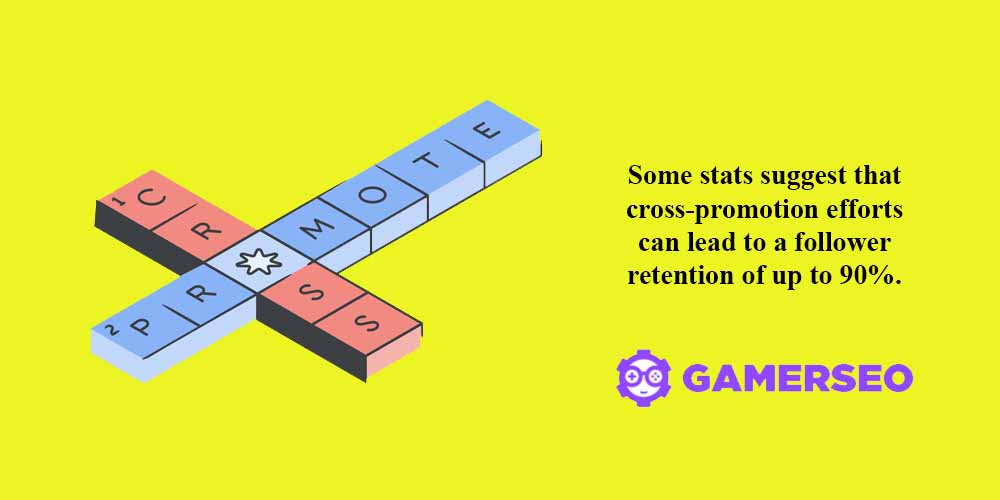
Source: Adsharkmarketing.
As the final part of this article, we’ll discuss some tips you should put into practice when developing your cross-promotion marketing strategy.
- Place Your Ad Creatives Inside Your Biggest Games
If you want to boost your mobile game, the best is to place your creatives in your games that boast the best results and the highest DAU (Daily Active Users). Measure all the results and metrics, and decide what is the best option to place your ads. The biggest game is always the best option. With the biggest game, we mean over 20,000 DAU.
- Use Different Creatives to Target Users
Trends in mobile games show that character-focused content and intentionally misspelled creatives are two of those that get the best results. Yet, your creation might need another type of native creative. Hence, creating several creatives for several contexts and audiences is better. Keep in mind that not all the segments will react in the same way due to different factors.
- Target Only the Relevant Audience
Target audiences for mobile games can vary widely. If you’re unsure how to determine the right audience for your game, you should consider the time and money gamers spend in a particular period. If you seek a deeper analysis of your audiences, working with a professional marketing agency, such as GamerSEO is advisable.
- Pay Special Attention to Player Churn Rates
Players leave games for many reasons: boredom, poor user experience, difficulty, lack of time, etc. Even though this will eventually happen, the idea is to delay it for as long as possible.
Keep in mind that one of the best moments to address players with cross-promotion advertising is when they are close to leaving your game. Therefore, be aware of player churn to promote a different product and a fresh experience.
Summing It Up

Source: Partnerize.
Cross-promotion of mobile games is an excellent mobile game marketing strategy since it has a great cost-benefit relationship and allows you to manage and monitor activity closely. Regardless of the scale of your game, cross-promotion opens a window to significantly promote and increase the results of your new and existing releases. This is why mobile gaming companies use it as a mandatory marketing tool!
If you need help with cross-promotion for your game, we are more than happy to assist. Our team has experience developing successful cross-promotional strategies that can increase your game’s visibility and engagement. Contact us now, and let’s make your game the next big thing in the industry.

Visual artist, professional writer, and senior content creator specializing in digital marketing and copies that resonate with readers and users. For more than eight years, he has provided significant contributions to companies interested in positioning their brands and products by creating marketing strategies and high-quality content based on SEO. His writing ranges from construction and architecture to gaming and cryptocurrencies, including sales, investments, travel, and more. Currently, he participates in several Spanish and English companies, proposing, planning, and delivering unique copies. Football player twice a week, a published author, and a fan of the Final Fantasy series.

